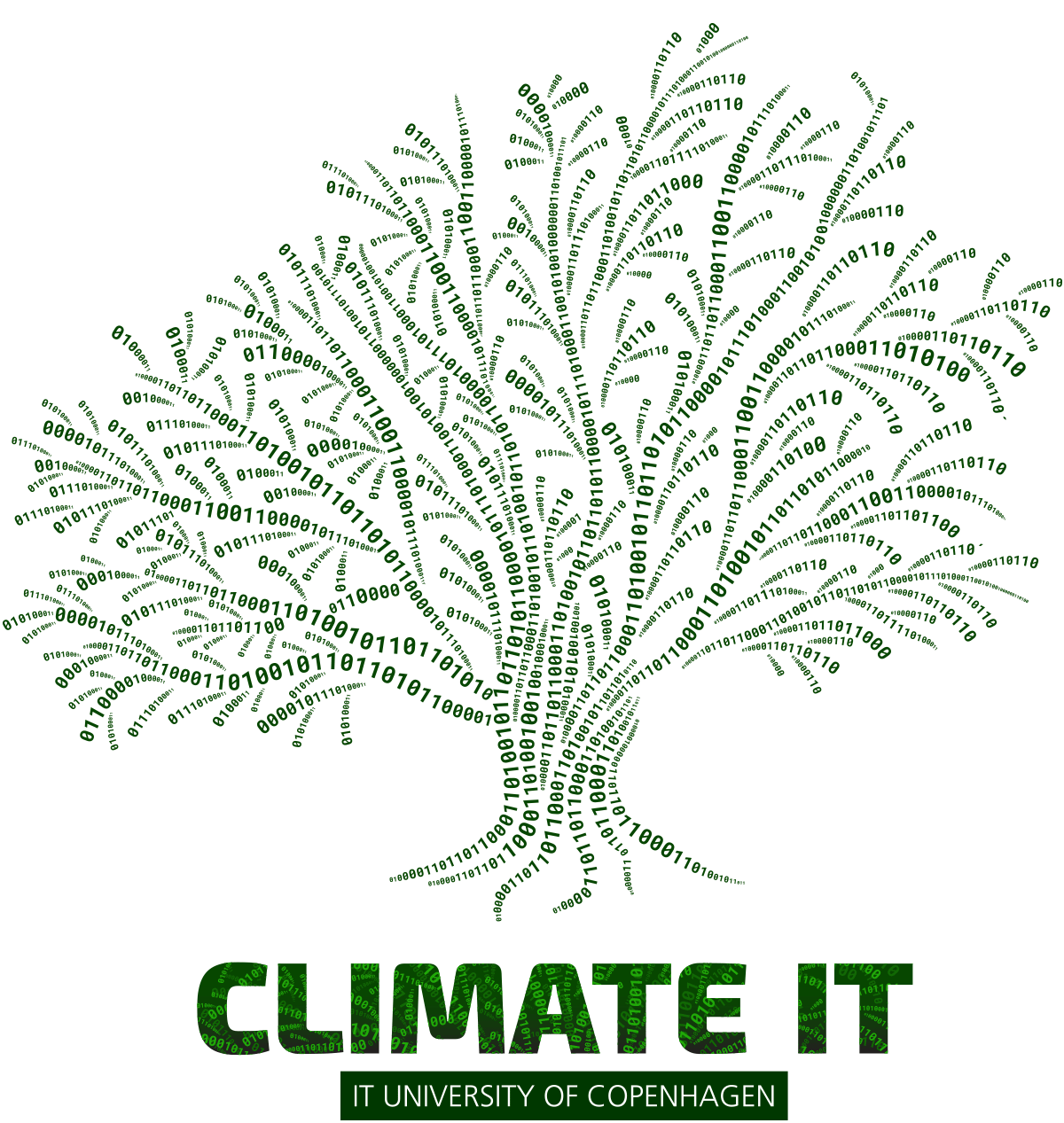CDV Podcast: Could your cat be used to store your family photos?
The incomprehensible amounts of digital data we store is a real climate burden. In the Center for Digital Welfare's podcast, host Anders Kjærulff and Assistant Professor James Maguire, discuss research initiatives on environmentally friendly data storage.
Business IT DepartmentResearchClimate ITdata storage
Written 1 December, 2021 09:49 by Jari Kickbusch
Every second, every minute, every hour, every day, 365 days a year, incredible amounts of data are stored across the globe. It’s the photos you upload, the emails you send, or the videos you share.
It’s an open question where the increasing amounts of data should be stored in the future, and a real climate-friendly way to store them has yet to be found. In a new episode of the Center for Digital Welfare’s podcast series, host Anders Kjærulff discusses data storage challenges with Assistant Professor James Maguire who is investigating the environmental impact of the Big Tech companies’ data centres on Danish soil.
In the podcast, Anders Kjærulff refers to a study that suggests data centres may account for up to 25 percent of all Danish electricity usage in the years to come. James Maguire fears that the large energy consumers will make it difficult for Denmark to manifest itself as a green nation. However, the need to store ever increasing amounts of data somewhere remains, whether it is within or outside Denmark's borders.
DNA for data storage
The Big Tech industry seems to be aware that the current data storage concepts cannot accommodate the need in the years to come. Consequently, efforts to find out whether it would be possible to use plants and animals as alternative storage solutions are underway. Microsoft, for example, is currently investigating the possibility of storing data in DNA, which leads Anders Kjærulff and James Maguire to a discussion of the impact of storing our digital family photos in our houseplants, pets, or in ourselves – and of how that scenario might impact the relationship between human beings and nature.
- We have colonized nature in all sorts of ways already, right? That’s a big part of the problem of climate change. But this is a very different way of doing it, which I think is more fundamental in terms of the limits of our capacity to understand our surroundings. The question remains: Even if biological or organic data storage were an option, would we want to use them as such? I mean maybe there are other places, we could look, says James Maguire.
In the last part of the podcast episode, Anders Kjærulff takes a walk down memory lane with head of Dansk Datahistorisk Forening (Association of Danish Data History), Michael Ørnø, who also serves as director of The Danish Agency for Governmental IT Services. The interview takes place in front of some the enormous computers of the past on display at the celebration of the 50th anniversary of the Computer Science Department, DIKU, Copenhagen University.
Find the podcast on Soundcloud
